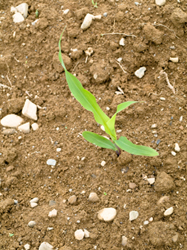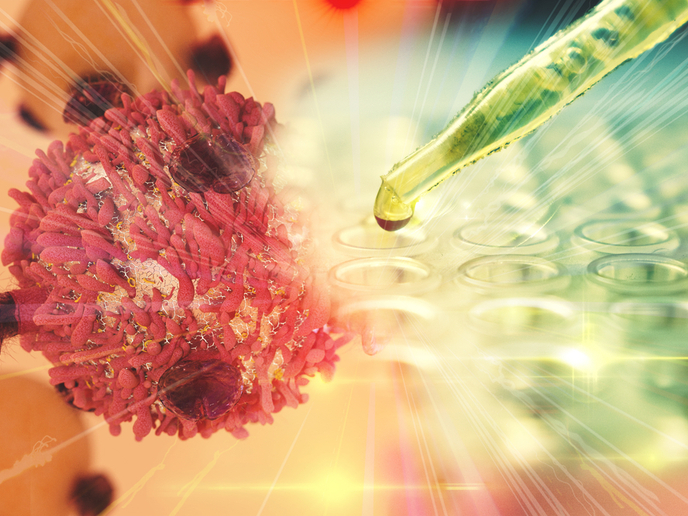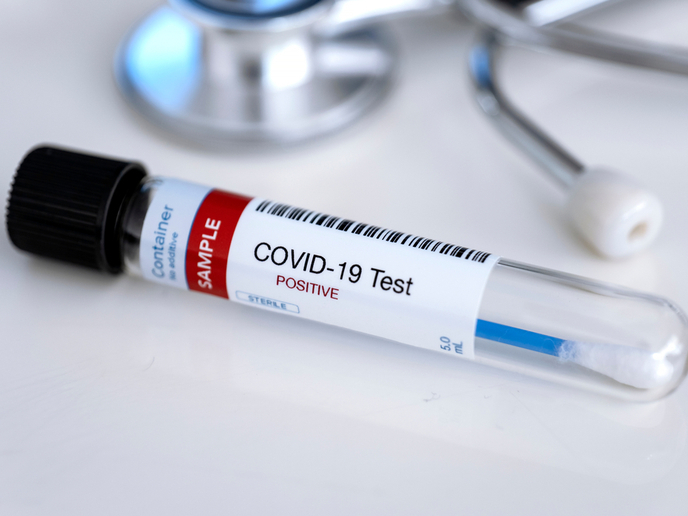Use of DNA microarrays for studying soil microbes
The ACCESS project designed and implemented DNA microarrays for studying the links between cell physiology and given biodegradation pathways. Biodegradation is the breakdown of organic substances by enzymes produced by living organisms. This work was part of a major study into the ecoengineering of sites polluted by atrazine, 2,4-dichlorophenoxy acetic acid (2,4-D) and similar herbicides. Detailed metabolic information was used to create molecular biology tools for helping scientists understand the degradation processes of complex communities of microorganisms. This provided insights into how these communities adopt to stress conditions. The first array was designed to see how cells react in the presence of different effector molecules of the selected pathway and its response on mRNA levels. The second microarray involved the genes used in catabolic pathways for aromatic compounds which break molecules down into smaller units, releasing energy. The third designed system was a DNA array for studying the population diversity and dynamics of microorganisms in complex ecosystems, including soil. One advantage of this method was the potential for producing reference DNA or probes without previous sequence knowledge or a need for evolving sequence databases. A series of hybridisation probes featuring progressively higher resolution levels can be used as tools to analyse the individual members of a given microbial community.







